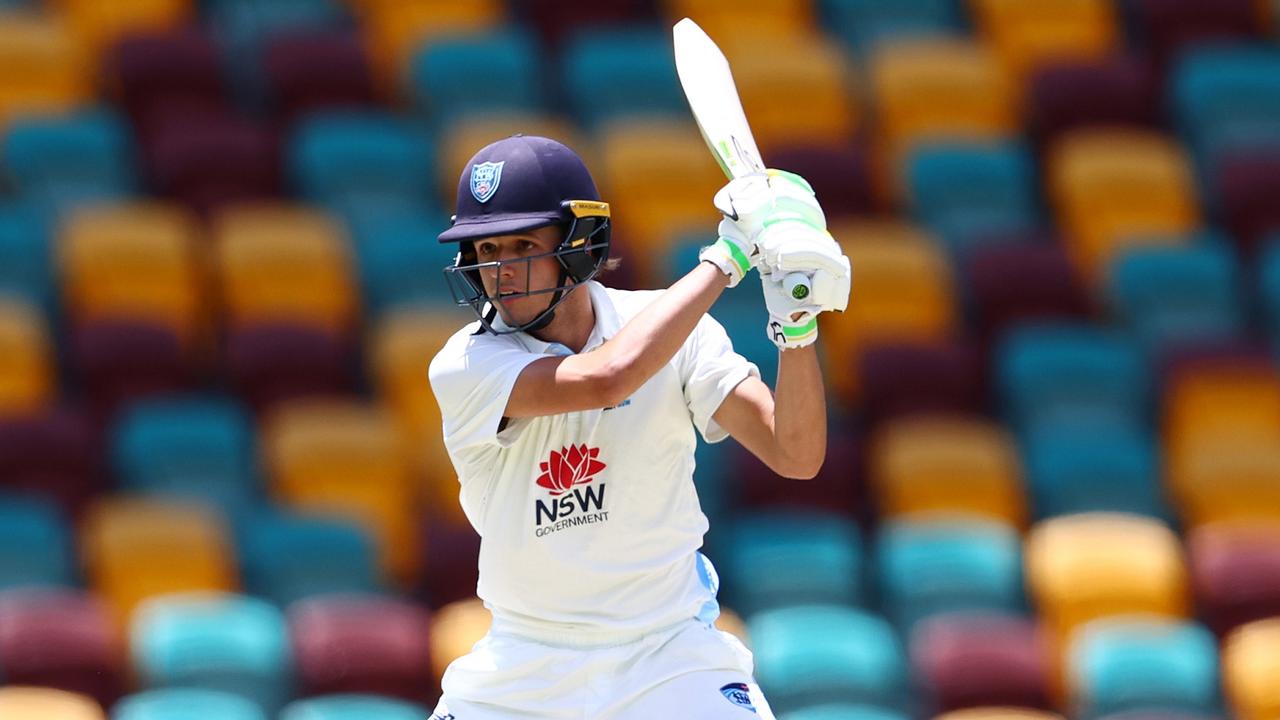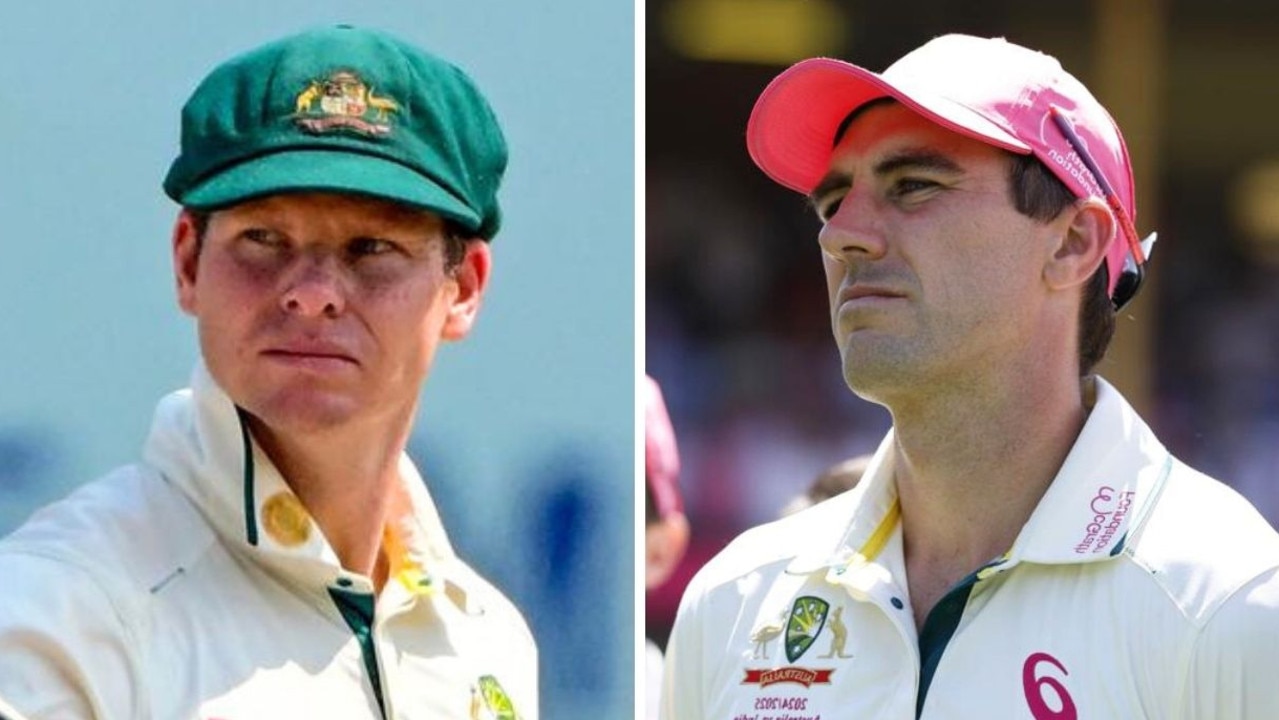Inside cricket’s most exclusive club: the rise of indigenous stars
Nearly 145 years after the inception of Test cricket, Jason Gillespie remains the only recognised indigenous male person to have worn the baggy green. But he senses the tide is turning.
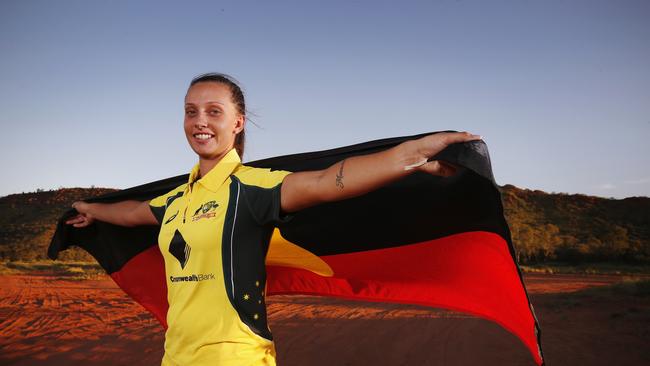
Cricket
Don't miss out on the headlines from Cricket. Followed categories will be added to My News.
- CRASH: Sandpapergate a product of life in the ‘bubble’
- Australia’s unexpected dilemma: too many options
Jason Gillespie is on a membership drive for the most exclusive club in Australian cricket.
Nearly 145 years after the inception of the Test match form, Gillespie remains the only recognised indigenous male person to have worn the baggy green.
However, the great fast bowler senses the tide is rising.
In this year’s Big Bash League, three proud indigenous men D’Arcy Short, Dan Christian and Josh Lalor were widely nominated for the competition’s best XI.
Ashleigh Gardner, a descendant of the Muruwari Nation, is the rising star of Australia’s World Championship women’s team.

At the grassroots level, indigenous participation in cricket has exploded with nearly 65,000 Aboriginal and Torres Strait Islander players taking part in organised matches, up from 8500 back in 2013.
Last year marked the 150-year anniversary of one of the untold stories in Australian sport — when 13 Aboriginal men made the perilous journey to the UK in 1868 as the first ever Australian cricket team to tour abroad.
To recognise the event, Cricket Australia sent a group of its most talented male and female indigenous cricketers to England to retrace the footsteps of their forbearers, with Christian and Gardner captaining the respective teams.
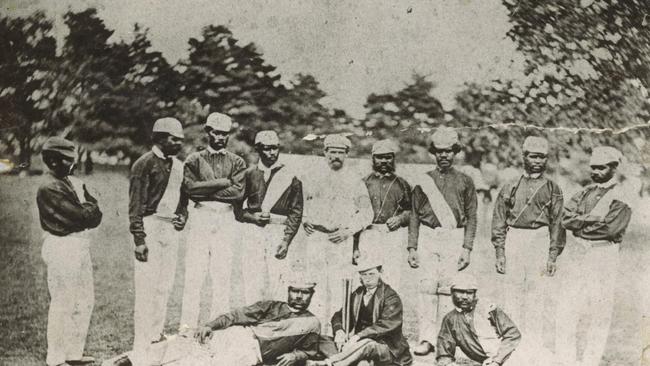
The first game on the 1868 tour was played in Sussex, and as fate would have it, this is where the modern indigenous trailblazers would find Gillespie last year.
Gillespie, who coaches Sussex, was rummaging through his parents’ old garage in Adelaide recently and came across a newspaper article from 1996 reporting the news that he was the first player of Aboriginal ancestry to make it to the top of the sport.
In the clean-up his kids also found a boomerang and didgeridoo which they hurriedly took to school.
Gillespie is energised by the hope he may not stay alone in history.
“I don’t want to be the only one who has played a Test match,” Gillespie told The Sunday Telegraph.
“I feel very fortunate. It’s nice to be acknowledged. But I don’t want it to be just me.

“My Aboriginality is something I’ve known all my life and my family is very proud of that. My dad worked in Aboriginal legal rights for years before he passed away and my brother still works in legal rights now in Adelaide.
“My kids get a lesson off once a week to learn about Aboriginal culture. It’s part of us.”
Gillespie says that while Cricket Australia have made a conscious effort to invest in indigenous cricket, more needs to be done.
He ponders whether administrators could allocate a roster spot at each BBL franchise to an indigenous cricketer, but surmises that the good players will come through on their own.
They already are.
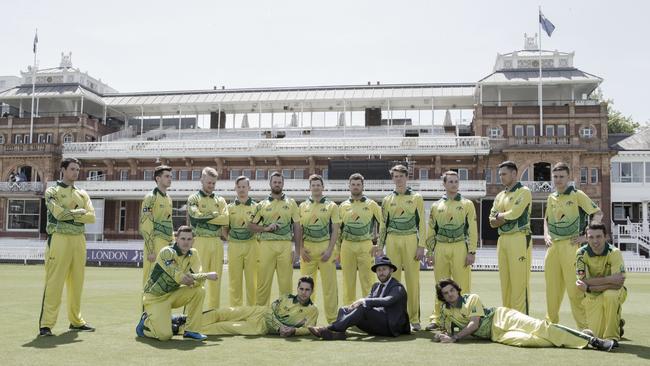
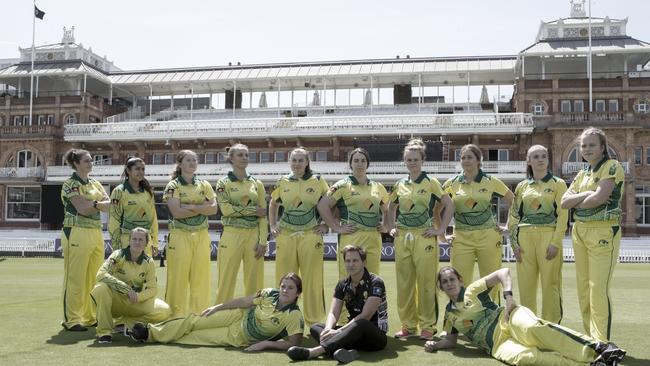
AN ASPIRING LEADER
Tyran Liddiard is this weekend representing Penrith in the Sydney grade cricket final, is a star of the dominant NSW indigenous cricket team and an inspiring young leader in the community. He was part of the 150-anniversary tour and played in the memory of King Cole, an indigenous trailblazer who lost his life in England in 1868.
As a boy from the western suburbs proud of his indigenous heritage, Liddiard encountered racism from even some of his closest friends, who used his fairer skin as a justification for questioning and attacking his Aboriginal identity.
“I was about 15 or 16 and I’d just made the indigenous NSW Imparja Cup team for the first time and I got up on stage at assembly and the principal said congratulations to Tyran,” said Liddiard.
“I had one of my mates come up to me and say I can’t believe you’ve gone and tried out for that team when you don’t even look Aboriginal. I was just blown away.
“I grew up with my nan saying you’re Aboriginal and be very proud of your people. For someone to tell me I’m not, that did impact me.”
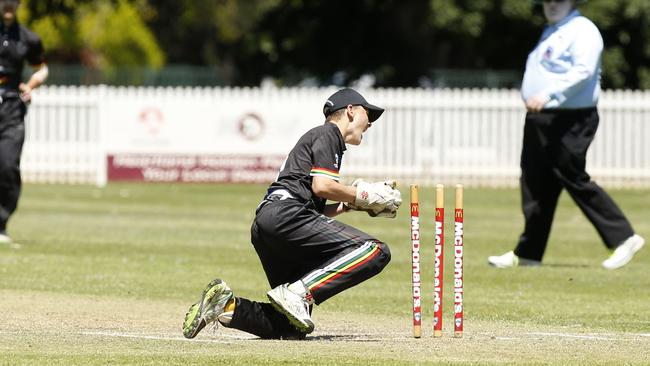
Liddiard says he didn’t even know Gillespie was indigenous when he was growing up, and believes young Aboriginal kids now have the cricket role models he wished were there for him to aspire to as a kid.
“For me, being proud of who I am, I would have been all over it if I knew there were indigenous players playing,” said Liddiard.
“All of a sudden we have six or seven of our indigenous cricketers who are just killing it.
“People like D’Arcy Short and Dan Christian who have got the Aboriginal stickers on their bat, these boys are Aboriginal and proud and some young kids might get into cricket because these boys are doing it.”
THUNDEROUS IMPACT
Hannah Darlington, 18, is one of the next big things in women’s cricket and is captain of the Sydney Thunder indigenous team.
The year-12 student admits that the same racist undertones that Liddiard experienced as a teenager made her originally cautious of talking openly about her Aboriginality.
“I didn’t actually come out as indigenous until the last three years. It was something I was really hesitant about because of the idea of people asking, ‘oh you don’t look indigenous, or how much of you?’ They’re the common questions,” said Darlington.
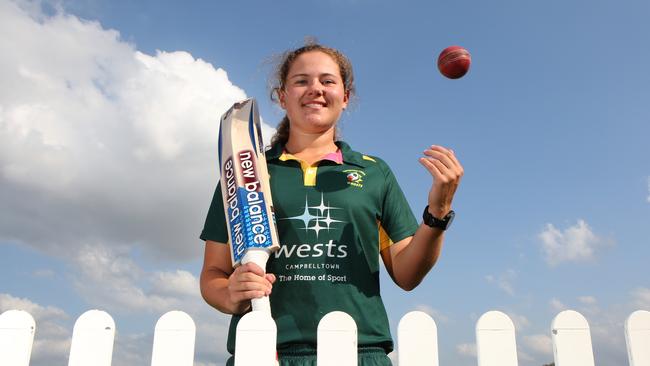
But she doesn’t have to look far for inspiration.
Her captain Ash Gardner is only three years her senior, but is proof of what indigenous women are capable of.
Gardner’s blazing hundred for the indigenous side on the 150-year tour was a defining moment.
“The way she leads from the front. She’s a role model for all cricketers, not just indigenous and not just female,” said Darlington.
Gardner says she had a largely positive experience growing up, but is familiar with the crushing emotion of being made to feel the need to justify her Aboriginality to people even though she shouldn’t have to.
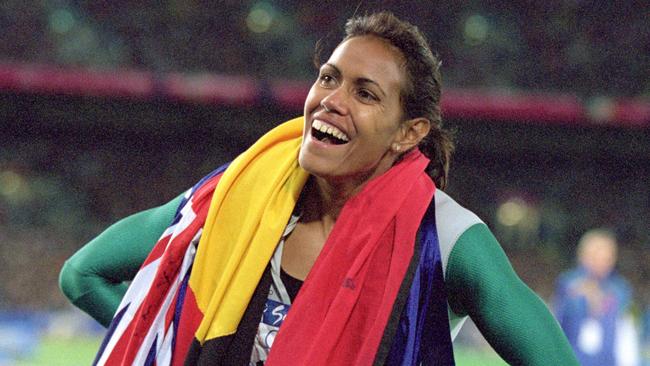
The all-round sensation idolised Cathy Freeman. She admits it’s surreal to now be the one being looked up to.
“I never would have dreamt of being a role model,” says Gardner.
“I just want young indigenous athletes, in whatever sport they play, to know that there is a pathway and if you put enough hard work and dedication into your chosen sport, these things can happen.
“To make my first 100 wearing Aussie indigenous colours was pretty crazy.”
Gillespie’s dream is become reality.
Originally published as Inside cricket’s most exclusive club: the rise of indigenous stars

